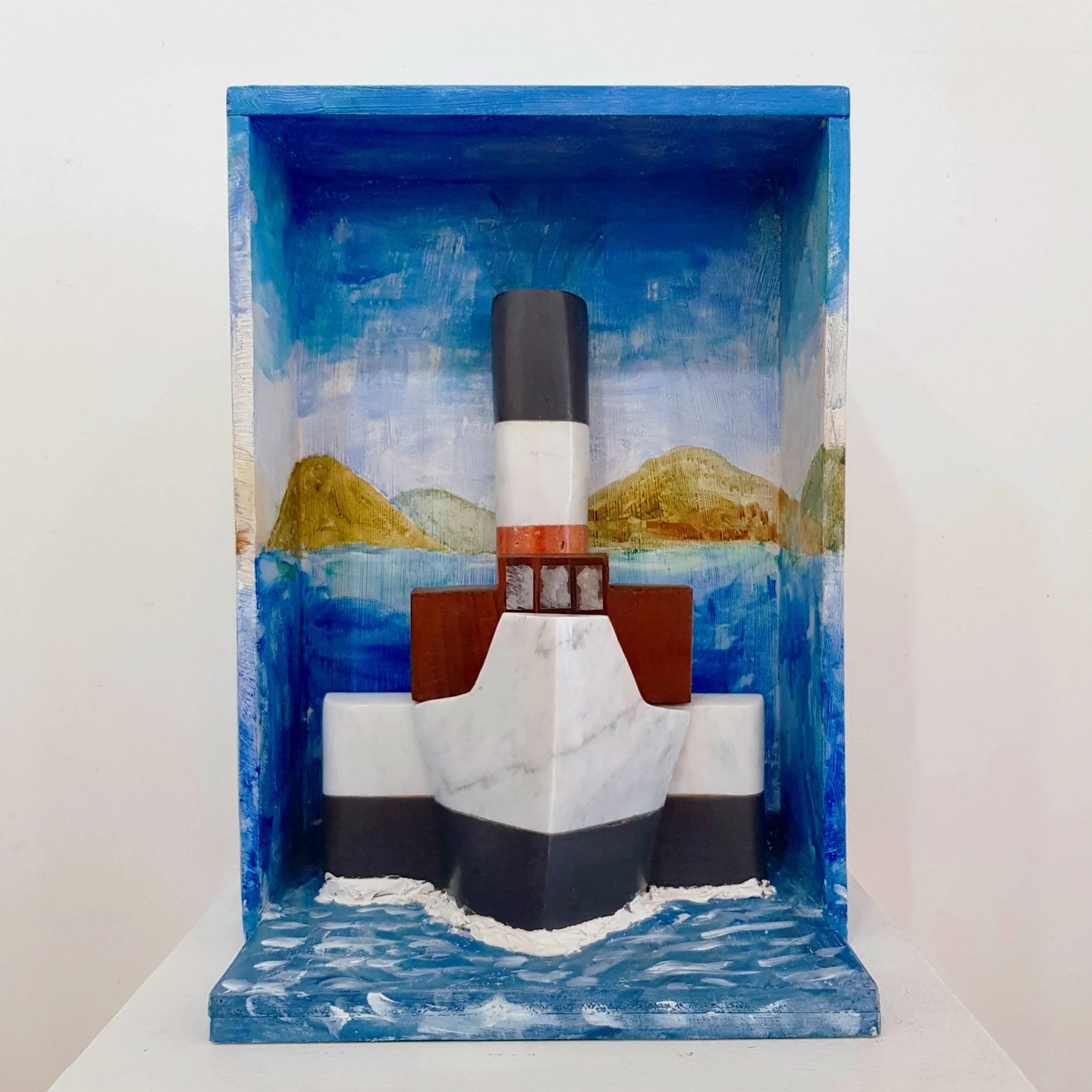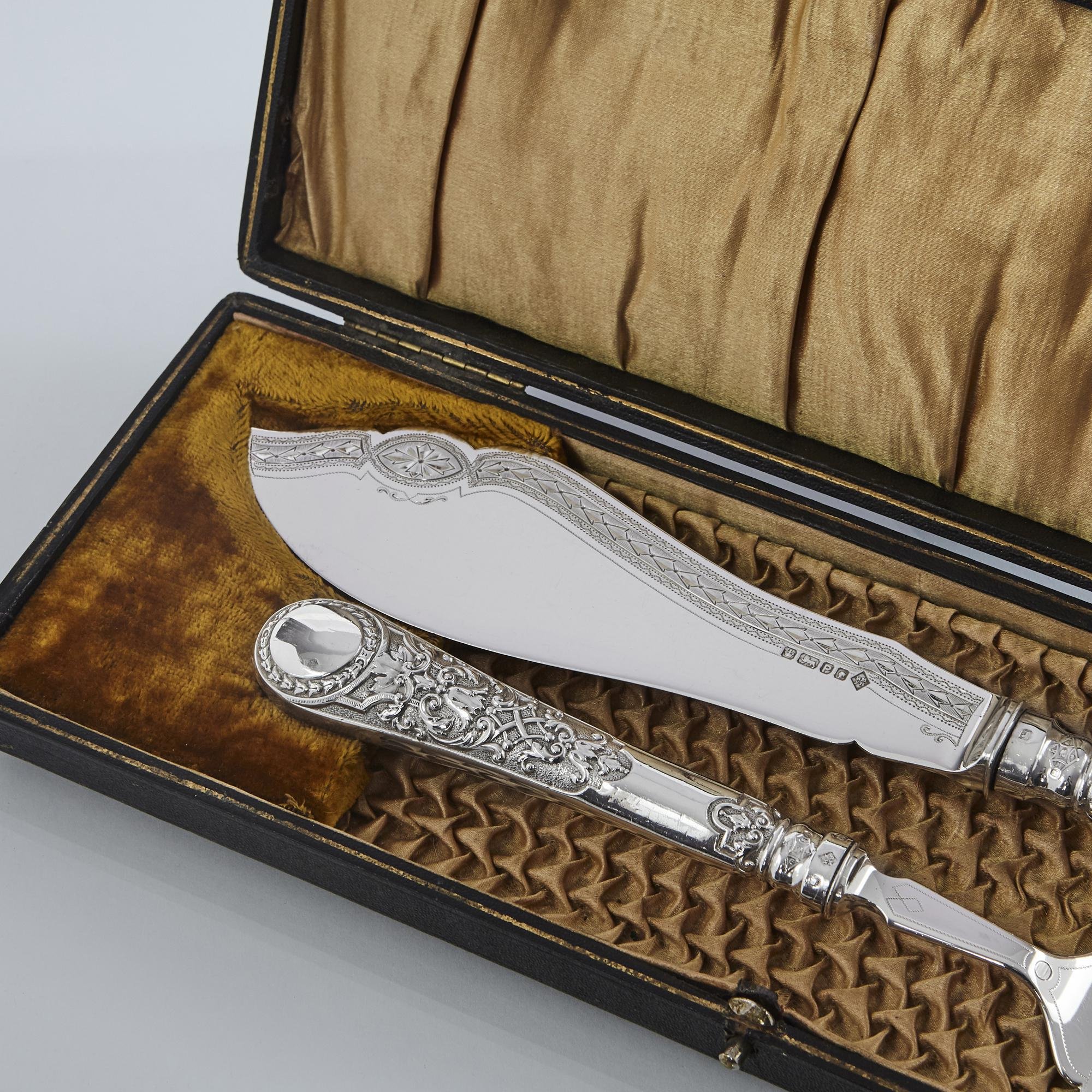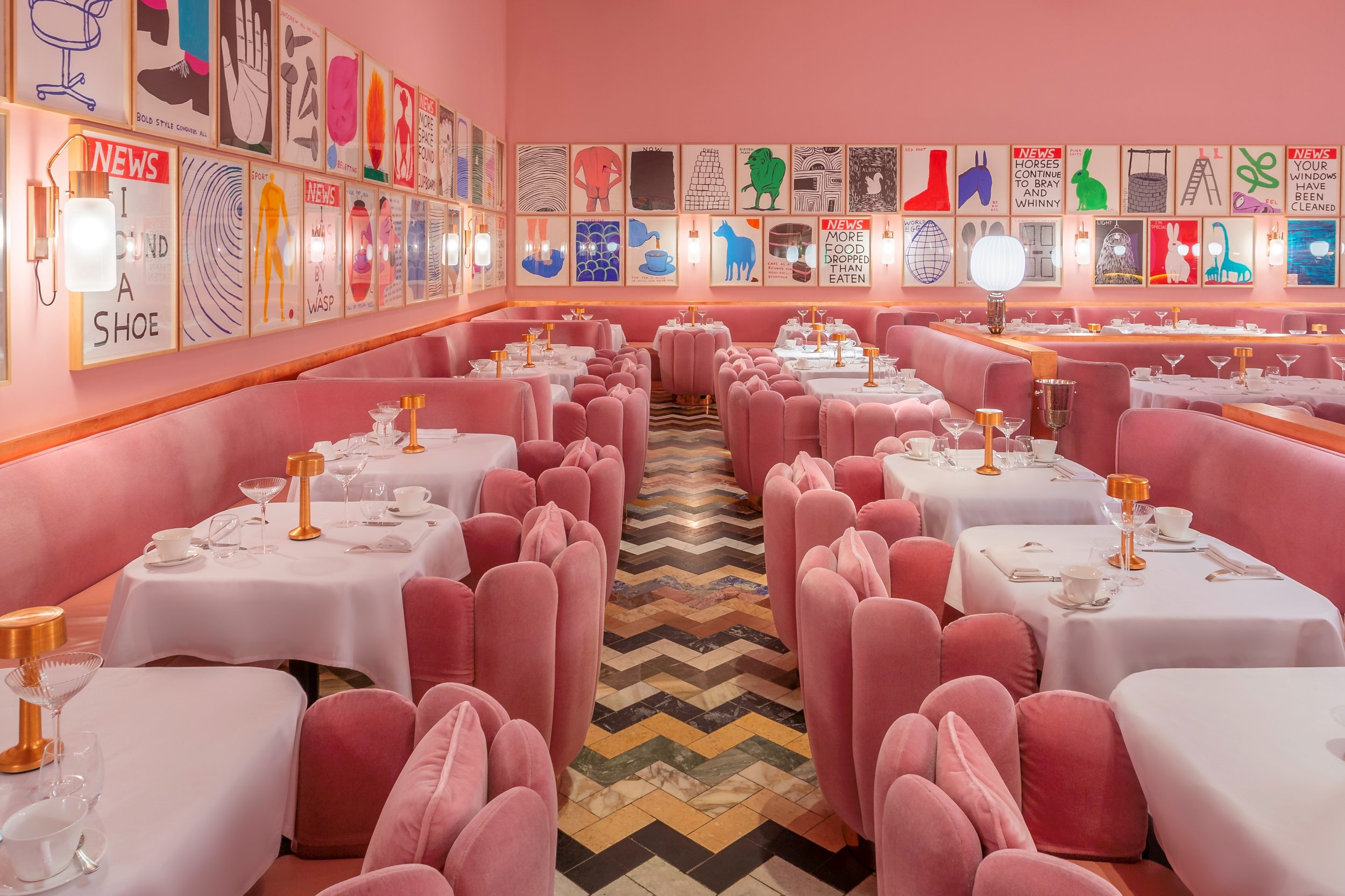Have Paintbrushes, Will Travel!
20 October 2022
When British artists find themselves abroad is it for adventure, or business venture?
Joe Lloyd
Joe Lloyd is a journalist who writes about architecture and visual art for The Culture Trip, Elephant, and The Economist's 1843 magazine, among others.
Cecily Brown, Untitled, 2021, Pastel monotype. 37 x 47 1/4 inches.
Available from Two Palms
In 1994, the British painter Cecily Brown upped sticks moved to New York City. It was the peak of the Young British Artists sensation. Her dense, referential painting, poisoned between figuration and abstraction, seemed out of step with her homeland. “What I hated about the YBAs,” she later said in an interview with the Financial Times, “was that it was a closed club, it made me feel I could never be part of this so I may as well fuck off halfway round the world”. Brown never came back.
Brown moved against the grain. The British Isles have historically been a net importer rather than exporter of art. The more advanced state of contemporary art on the continent allowed talented Europeans to make inroads. Both Hans Holbein the Younger and Anthony Van Eyck died in London. A 2020 exhibition at the Tate Britain, Baroque Britain, was notable for the sheer proportion of practitioners who had made their way over and settled.
In the late 19th century, London attracted Americans like James Abbott McNeill Whistler and John Singer Sargent and an entire coterie of French painters, including Monet and Pissarro. And today, London’s world-leading art schools, numerous museums and outsize suite of galleries and auction houses ensure a steady flow of international practitioners, at least for the moment.
British artists, in turn, have often been drawn abroad for inspiration. The 18th century landscape artist William Hodges joined Captain Cook’s voyage to the southern hemisphere. Turner took frequent tours of Europe, while the Scottish architectural painter David Roberts visited the then unusual locations of Spain, Egypt and the Holy Land. And Edward Lear, the Victorian artist best-known for his nonsense poetry, spent his life fleeing depression by travelling across the world (a current exhibition at Birmingham’s Ikon Gallery explores his fascinating journeys).
David Roberts, R.A. (1796-1864), The Lower Pool of Siloam, Valley of Jehoshaphat, watercolour over pencil, 23.9 x 31.1 cm.
Available from Karen Taylor Fine Art
Yet despite the tendency of British and Irish artists to savour other climes, no major figures settled elsewhere for good — outside times of conflict, perhaps the British market was too thriving to forsake. The picture is very different today. British artists live all over the world. To name just a few: Susan Philipsz is based in Berlin; Richard Patterson is in Dallas; Lucy McKenzie is in Brussels; Liam Gillick in New York City; Chris Ofili and Peter Doig in Trinidad and Tobago. Tony Cragg moved to West Germany in 1977, and has remained there ever since, becoming an important educational figure as director of Dusseldorf’s fabled Kunstakademie.
Artists work abroad for both personal and professional reasons. Frank Bowling started visiting New York in 1961, then moved there in 1966. He then ricocheted back and forth between there and London, before taking possession of a warehouse in Brooklyn’s then-derelict Dumbo district in 1990. Asked in a recent interview about this movement, Bowling said: “it was a professional necessity. I did it without thinking.” He maintained a space in New York until 2018. For Bowling, America symbolised “the idea that anyone can do art, and art can be anything… for good or ill.”
The sculptor Thomas Houseago was born in Leeds but is now an American citizen based in Los Angeles. His fame skyrocketed after an esteemed duo of American collectors started buying his work, after which his enormous sculpture Baby became a talking point at the 2010 Whitney Biennial. Houseago is better known in the US than England. He has also spoken about the trauma of his childhood in Northern England, and so it is not difficult to imagine that the sunny climes of California might represent more to him than a higher profile.
In other cases, foreign countries have given some British practitioners a platform unavailable to them at home. Several black British artists of African descent owe their breakthrough to the late Okwui Enwezor when he was director at Studio Museum in Harlem, including Lynette Yiadom-Boakye and Hurvin Anderson. Yet all of these artists did break through in Britain, too; Yiadom-Boayke has been honoured with a Tate retrospective, reopening this November after a pandemic closure.
Hurvin Anderson, Peter's Series: Back, 2008, oil on canvas.
Available from Thomas Dane Gallery.
Today, the globalisation of the art world has made it exceptionally rare that an artist meets widely different levels of success and fame in different territories. However, Cecily Brown’s three highest top sales at auction — including her record $6.7m for the 1993 painting Suddenly Last Summer — have all happened at Sotheby’s New York. But the UK auction records for US-resident Houseago and former-US resident Bowling — $461,000 and $872,114 respectively — both dwarf their American high points, $269,000 and $556,008.
In Great Britain’s case, a powerful promotional engine — London’s free museums, the Turner Prize, the British Council’s work at the Venice Biennale — has allowed many of its artists to shine internationally without having to move elsewhere. Things might be a little different in Ireland. The Dublin-born, London-raised and American-passport holding Sean Scully is an international art superstar, whose achievements include the first major retrospective by a Western artist to open in China. But I feel many museum-going residents of the British Isles would be unable to recognise this Irishman’s work.
Scully’s joint identity as Irish and American also opens another question: should blue-chip artists be defined by their national background anymore? Many of today’s most famous names straddle two or more different places. Anish Kapoor spent the first two decades of his life in India, before settling in Britain for art school. In 1989, he refused to appear in The Other Story, a seminal Hayward Gallery show that aimed to respond to “racism, inequality, and ignorance of other cultures” by showcasing the art of Britain’s former colonies. When asked why, he said: “Because I believe that being an artist is more than being an Indian artist.” In light of today’s internationalised art world, Kapoor’s refusal to fit into a national box seems prescient.
































